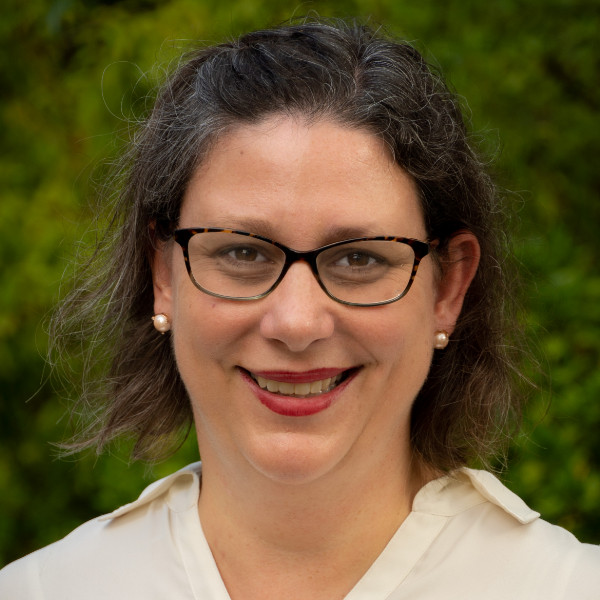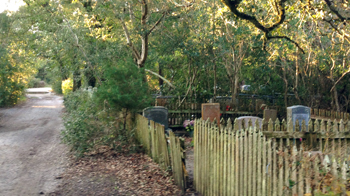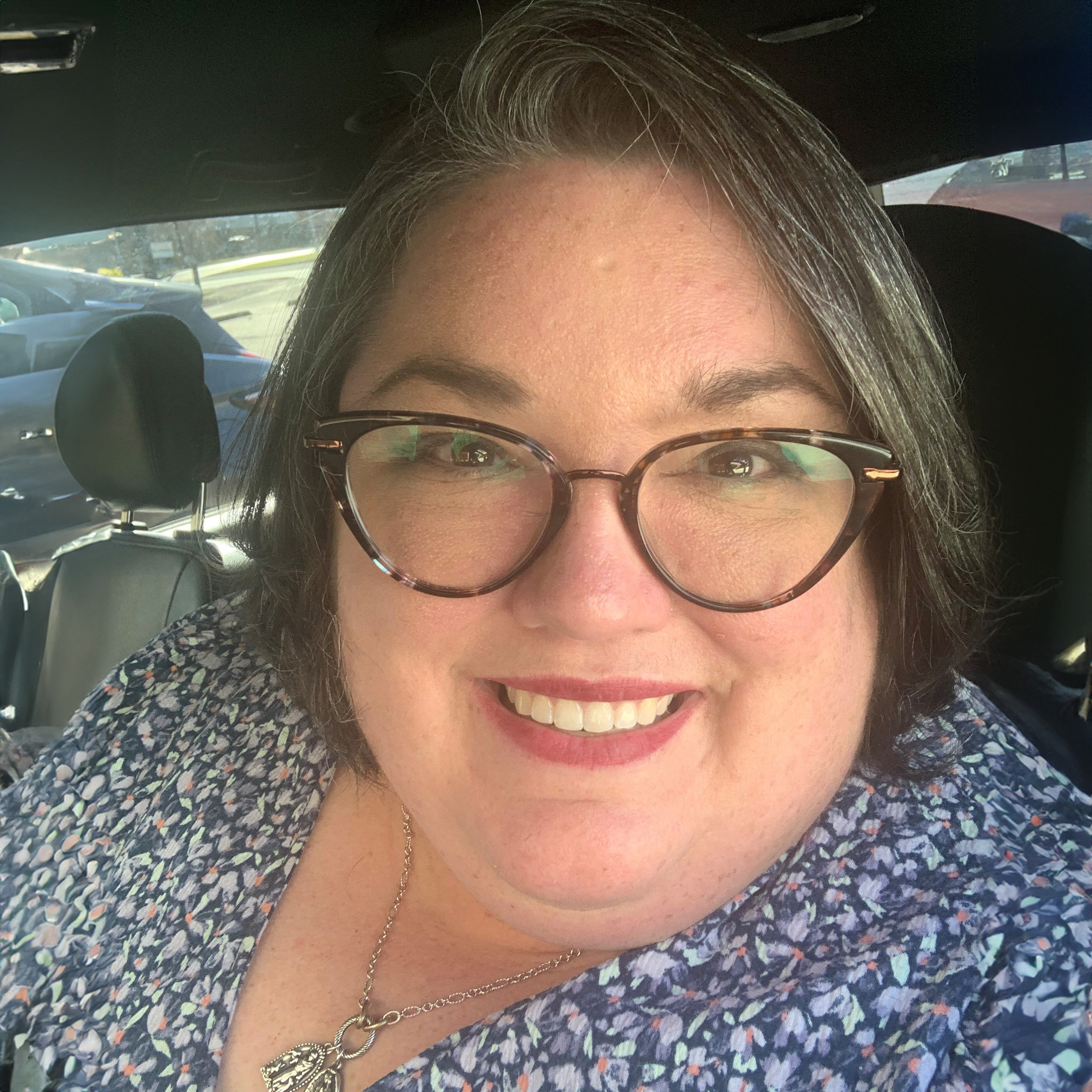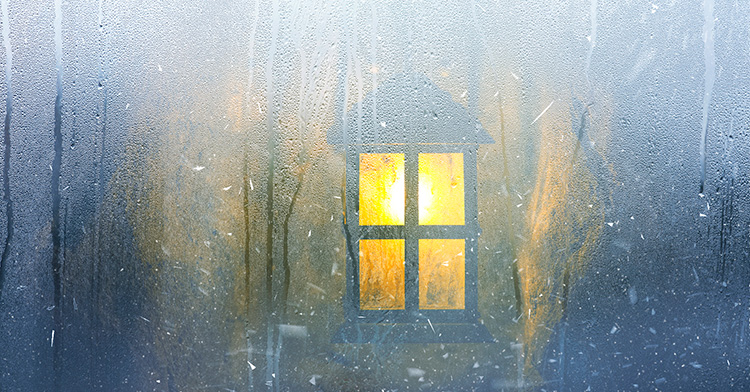Every day, I walk through the valley of the shadow of death.
Our parsonage sits on a quaint path, only about a quarter-mile long, paved with oyster shells, draped by live oak branches and home to some 15 cemeteries. Most of the graveyards are small; one yard holds a single marker. Yet their combined presence is inescapable, filling the romantic lane with solemn beauty.
This road, known as Howard Street, is perhaps the most picturesque example of how death and life coexist within the small space of our unique community.
I am the pastor of Ocracoke United Methodist Church. I offer this more as a means of explanation than identification; Ocracoke Island is the southernmost island in North Carolina’s Outer Banks. It defines remote: 25 miles out to sea, it is accessible only by ferry, private boat or private plane. On this small island, people lead their lives within an even smaller space. The village hugs the harbor at the southern tip of the island, and Hatteras National Seashore claims the remaining stretch of 17-mile-long beach.
With cramped space and lax development laws, the island’s homes, rental cottages, restaurants and T-shirt shops bump up against one another. What covers a surprising amount of real estate, however, are the cemeteries. The 800 or so year-round residents live alongside more than 80 graveyards, including tiny family plots, a sprawling community cemetery and the immaculately maintained WWII British cemetery.
Since the early 1700s, this land that rises just a few feet above sea level has become the permanent shrine for pirates of old, shipwreck victims, German U-boat casualties and generations of locals.
Throughout the village, one experiences the vibrancy of life against a backdrop of death. Children skip to school alongside miniature markers of children who never reached school age. Tourists slurp smoothies while leaning on graveyard fences. Teenagers shout “boo” and jump out from behind the concrete slabs. Live music from harborside bars drifts across silent headstones.
Such juxtaposition of life and death seems particularly instructive during Lent. We fool ourselves into marking Lent, thinking we can control the darkness of this liturgical season by turning it into a penitential 40-day countdown. (I recall a Lenten Bible study where one woman confessed she just wanted this “Lent deal” over so she could get to “the happy times of Easter.”)
Lent is less about process and more about proximity. It is about confronting mortality directly, if only for a season. Lent calls us to face the sin and death that lurks in our backyards, winds along our pathways and haunts our hearts and homes. Loss, destruction, addiction, greed and poverty exist throughout our communities, country and world. We do not need to journey to the cross; its presence is all around us.
Just beyond the churchyard sits a small graveyard containing two headstones. It is enclosed by a concrete fence with an arched wooden gate. A passer-by might easily miss this cemetery, as it is overgrown with shrubs, flowering bushes and vines. If you look closely, however, you will see that the gate has swung out. Weeds matted together by neglect and time form a kind of doorstop that props the gate open in a position of ominous invitation.
Lent calls us into this sacred space. It requires pulling back branches, getting pricked by thorns and wading through poison ivy. Any earnest attempt at exploring the reality of death involves a degree of struggle. If we persevere, however, we will come face to face with mortality.
In that solemn sanctuary we will find that there is more to walking through the valley of the shadow of death. There is the ability to fear no evil and to know that “Thou art with us.”








